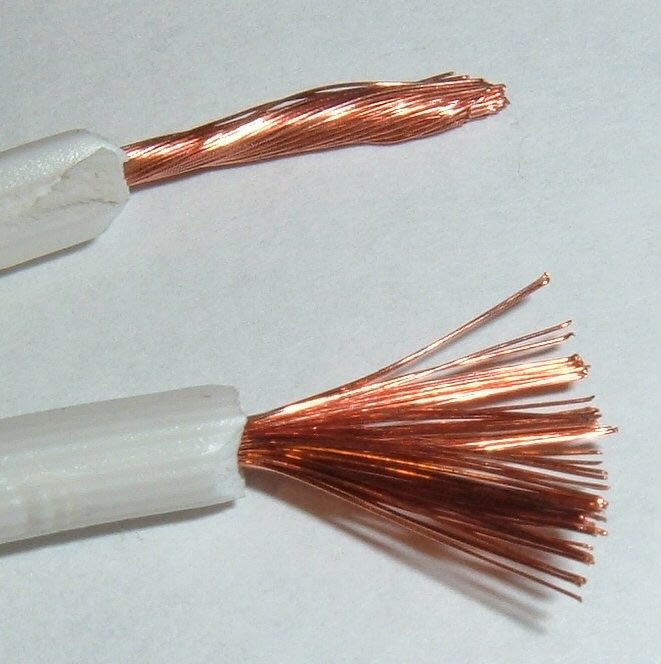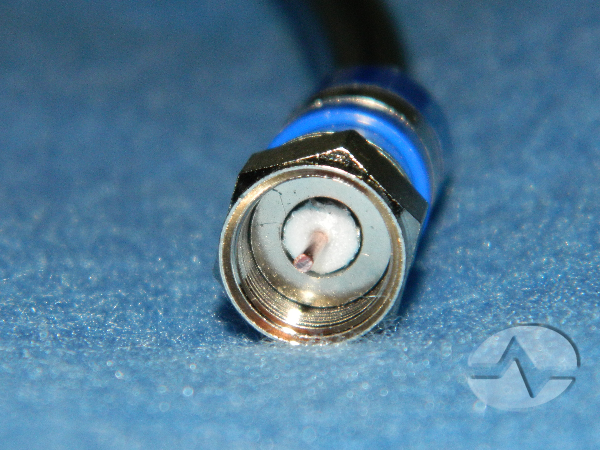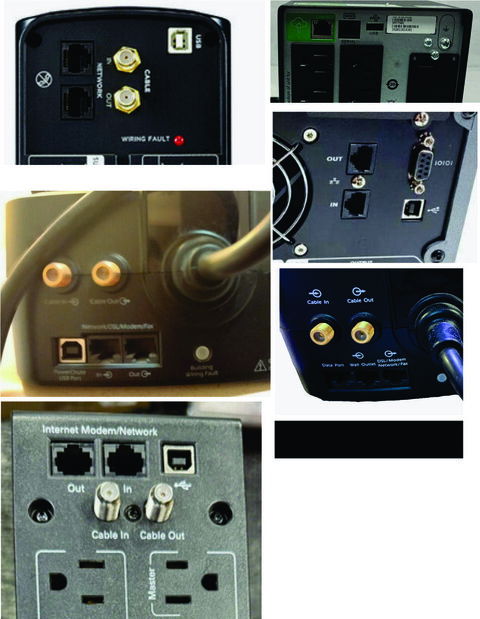There's an old song that goes, "I don't care how you get here, just get here if you can." I'm tempted to say the same applies to grounding. Grounding is so important and people will use almost any excuse not to ground their equipment. They will say it's hard, they will say it's expensive, and they'll say it doesn't make a difference. More often than anything else, they'll say that they don't have the right supplies.
If your excuse is that you can't find the proper supplies… let me introduce you to the great selection of grounding supplies at Solid Signal. You'll find everything from ground blocks to straps and rods, to all the ground wire you need. But let's say you urgently need to ground something, today, and you don't have anything to ground with. Can you use regular wire?
Essentially all wire is the same. Using the wrong ground wire is better than using no ground wire at all. Ground wire has some benefits, though, and they're worth talking about.
One of the most important things is that ground wire is green. Anyone who comes after you is going to know that you tried to ground your system. They'll see that green wire and they'll know what it means. When you're dealing with electricity, knowing what's in front of you is how you'll stay safe and healthy.
Using proper ground wire means you're using a pretty fat single strand of copper. That's one of the reasons that ground wire is so expensive. It's a big chunk of copper. Most wire designed to carry electricity through your house is stranded, meaning it's a bunch of thin strands.

This is stranded wire like you would find in typical electric installations. It's perfect for relatively low voltages but for high voltage like electricity, it's not as good as solid copper.

Coaxial cable like the picture above isn't any better for grounding. Sure, the center conductor is solid copper but it's far too thin to be effective for the very high voltages caused by a lightning strike. If you were to rely on this cable for grounding, a bolt of lightning would travel through it, melting it and potentially lighting your house on fire as it causes all your home theater equipment to fry.
If you're using ground wire properly, you've connected it to the ground post on your ground block or the green grounding screw on your equipment. The other end is connected to a ground strap and to a cold water pipe, a ground rod, or your home electrical box. In this way, high voltages are directed safely to the earth where they can be far, far less harmful. It's a mistake to think that ground wire will completely prevent damage but it should minimize it to the point where it's survivable.
If you haven't properly grounded your antenna, satellite dish, cellular signal booster or anything else on your roof, now is the time! Get the equipment you need at Solid Signal. If you don't know what you need, check with your local city planning office or with a licensed electrician. To paraphrase what I said at the beginning of this article, I don't care how you get grounded, just get grounded if you can.
The post Do you need special cable in order to ground your equipment? appeared first on The Solid Signal Blog.
Continue reading...
Let's get this out of the way now
If your excuse is that you can't find the proper supplies… let me introduce you to the great selection of grounding supplies at Solid Signal. You'll find everything from ground blocks to straps and rods, to all the ground wire you need. But let's say you urgently need to ground something, today, and you don't have anything to ground with. Can you use regular wire?
When it comes down to it…
Essentially all wire is the same. Using the wrong ground wire is better than using no ground wire at all. Ground wire has some benefits, though, and they're worth talking about.
Ground wire is clearly labeled.
One of the most important things is that ground wire is green. Anyone who comes after you is going to know that you tried to ground your system. They'll see that green wire and they'll know what it means. When you're dealing with electricity, knowing what's in front of you is how you'll stay safe and healthy.
Ground wire is solid, and pretty thick
Using proper ground wire means you're using a pretty fat single strand of copper. That's one of the reasons that ground wire is so expensive. It's a big chunk of copper. Most wire designed to carry electricity through your house is stranded, meaning it's a bunch of thin strands.

This is stranded wire like you would find in typical electric installations. It's perfect for relatively low voltages but for high voltage like electricity, it's not as good as solid copper.

Coaxial cable like the picture above isn't any better for grounding. Sure, the center conductor is solid copper but it's far too thin to be effective for the very high voltages caused by a lightning strike. If you were to rely on this cable for grounding, a bolt of lightning would travel through it, melting it and potentially lighting your house on fire as it causes all your home theater equipment to fry.
Ground wire is (hopefully) part of a properly installed grounding system
If you're using ground wire properly, you've connected it to the ground post on your ground block or the green grounding screw on your equipment. The other end is connected to a ground strap and to a cold water pipe, a ground rod, or your home electrical box. In this way, high voltages are directed safely to the earth where they can be far, far less harmful. It's a mistake to think that ground wire will completely prevent damage but it should minimize it to the point where it's survivable.
Shop for grounding supplies now
If you haven't properly grounded your antenna, satellite dish, cellular signal booster or anything else on your roof, now is the time! Get the equipment you need at Solid Signal. If you don't know what you need, check with your local city planning office or with a licensed electrician. To paraphrase what I said at the beginning of this article, I don't care how you get grounded, just get grounded if you can.
The post Do you need special cable in order to ground your equipment? appeared first on The Solid Signal Blog.
Continue reading...


